How I Keep My Homestead Organized (Without Overcomplicating It)
Simple, practical homestead organization tips for garden tasks, livestock care, and pantry systems—designed for real life, not perfection.
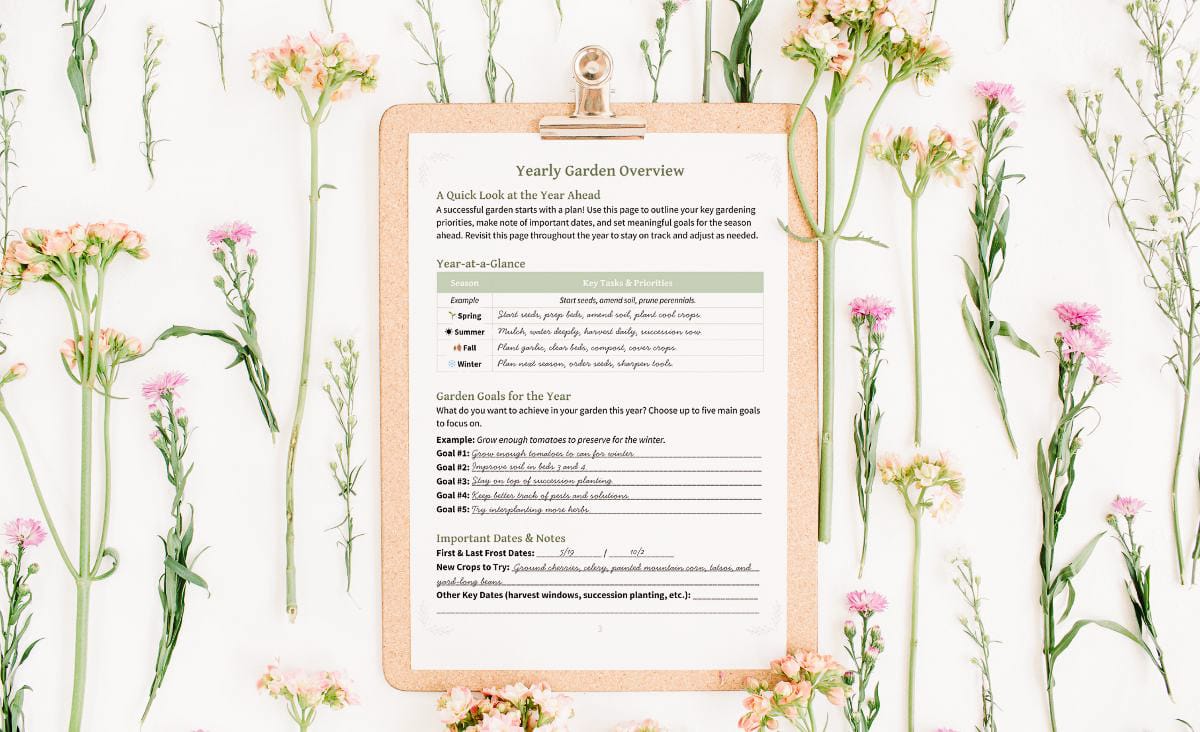
Homesteading is a lot of things (rewarding, grounding, sometimes even magical) but I’ll be honest, it can also feel overwhelming. There’s always something that needs doing, something you meant to write down, or something you swore you’d remember… but didn’t.
I’ve been there.
What I’ve learned is that being organized has nothing to do with being naturally tidy. It’s all about having a few simple systems you can actually stick with. Whether you’re raising chickens, growing a garden, or pressure canning a pantry full of produce, it all runs more smoothly when you’re not constantly searching for that missing notebook or trying to remember when you planted the carrots.
In this post, I’ll walk you through how I keep different parts of my homestead organized—and share tools that can help you do the same. These systems are easy to customize, simple to maintain, and designed for real-life homesteaders (you know, the kind juggling muddy boots, sourdough starters, and a half-written to-do list).
Organizing Your Garden Tasks and Records
Whether you have a few raised beds or a full-scale garden, staying organized can mean the difference between a productive harvest and a season full of “oops” moments.
Track What You Plant (and Where)
You think you’ll remember where you planted the peppers… until the volunteers pop up and everything looks like a tomato.
Here’s what helps:
Draw rough bed layouts and jot down what you planted and when—don’t overcomplicate it. I keep a separate page in my Printable Garden Planner and Journal for each bed or container, with space for notes about germination, pest problems, or whether something didn’t thrive.
Give it a season or two and those messy scribbles turn into your own planting guide—way more useful than any chart you’ll find online.
Stay on Top of Seeds
Seed hoarding is a thing (ask me how I know). But even if you’re not collecting rare varieties, it’s easy to lose track.
My system:
I sort seeds by season—cool vs. warm crops—and then organize within those groups alphabetically. Each time I buy or save seeds, I log them in my Seed Inventory Tracker with the variety name, year, source, and any notes (like “great germination!” or “bolted fast”).
Every January I force myself to do a quick seed audit before I order more. Otherwise, I somehow end up with five packets of the same lettuce.
Use a Seasonal Planting Guide
Timing is everything. Plant too early and risk frost damage. Plant too late and the season’s too short.
What helps me:
I laminated my Seasonal Planting Guide and hung it near my seed box. It shows me what to start indoors, transplant, or direct sow each month based on my zone. I cross-reference that with my garden journal so I can adapt the guide to how things actually grow in my space.
It’s also a great sanity check when you feel like you’re “behind.”
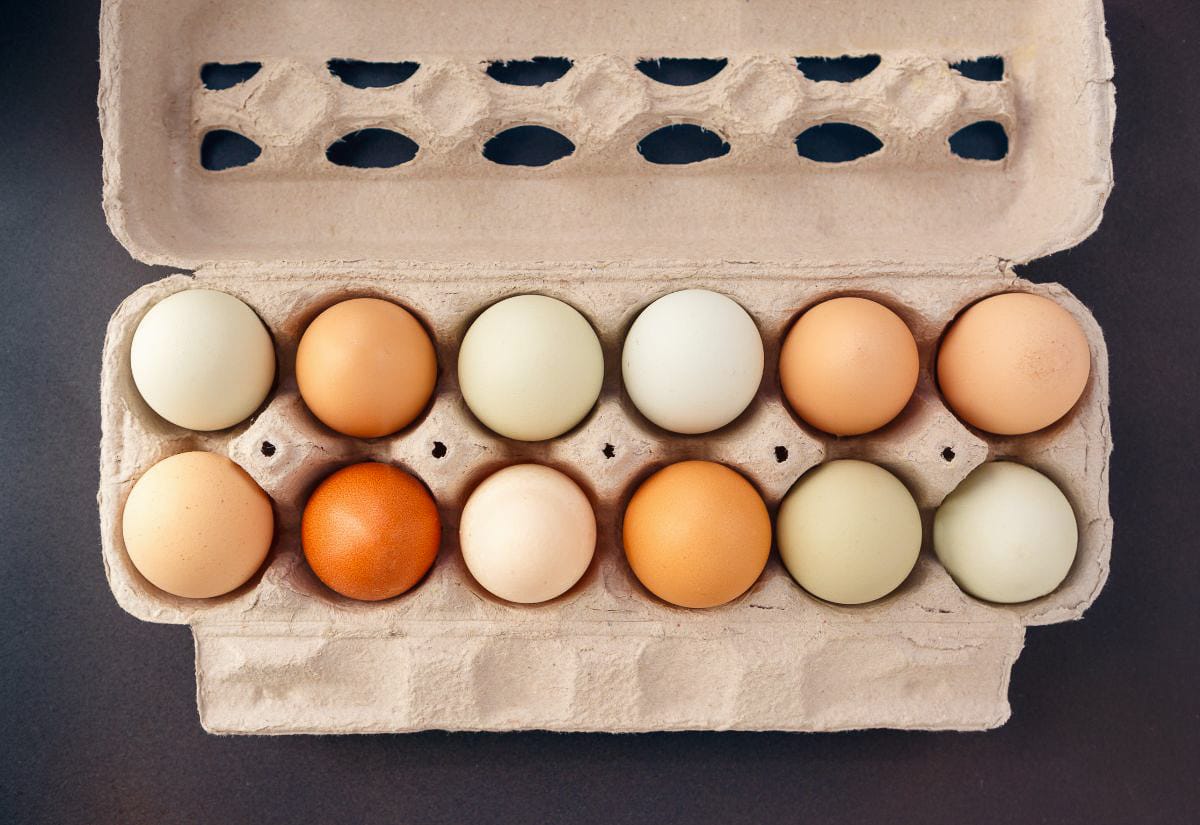
Staying on Top of Livestock Care and Egg Sales
If you’ve got animals—even just a few—you know how quickly things can unravel if you’re not paying attention to the details.
Daily and Weekly Chores
You don’t need a complicated system here, just one that’s visible and consistent.
My tip:
Print out a basic checklist with daily, weekly, and monthly chores. Laminate it and stick it near your feed bins or tack area. Each morning, I glance at mine to make sure I haven’t missed anything: feed, water, health check, egg collection, cleaning trays.
Bonus: In spring, I use a second copy for chick or grow-out pens, since their needs are different.
If you want to track egg production more precisely, especially for multiple pens or breeds, the Egg Collection Log & Profit Tracker is a lifesaver. It helped me realize which covey was producing best and which covey was just eating feed without giving much back.
Selling Eggs?
Even small sales get chaotic fast. I’ve double-sold the same dozen eggs, forgotten custom carton requests, and once sold duck eggs to a chicken egg customer accidentally.
What helps:
I log every customer interaction in my Egg Sales & Customer Log. It tracks contact info, what they bought, and if they’re a regular. I can glance back and see who prefers brown eggs over rainbow, or who wants a call when I’ve got jumbo eggs again.
It also makes it easy to plan inventory ahead of time and it saves me from scrambling last-minute to fill an order I forgot I promised.
Know What’s Working
If you’re tracking hatch rates, feed costs, or pen productivity, jot those numbers down somewhere you’ll actually look at them (not in a notebook that disappears into the barn). Don’t let “data” scare you. Even a few notes each week—like “Pen 3 molting, drop in eggs” or “Feed cost up 10% this month”—can help you make smarter decisions and avoid surprises down the road.
Kitchen and Pantry Organization for a Homestead Life
This is where everything overlaps—cooking, preserving, fermenting, and feeding people three times a day (plus snacks).
Fermentation and Sourdough
Sourdough starters don’t like chaos—but life happens.
What helps me:
My Sourdough Starter Log tracks feeding times, hydration ratios, and bake results. If something goes off—too sour, no rise—I can trace back what changed.
I keep it clipped to the fridge so I can update it while I feed. It also has care tips printed right on it so I don’t have to Google things mid-bake.
Pressure Canning Records
After a long day of canning, I used to scribble “green beans” on the lid and move on. By winter, I’d forget how I processed them—or whether I followed the recipe exactly.
Here’s what I do differently now:
I keep a basic record of what I canned and when, but what really helps is having a solid reference on hand. My Pressure Canning Guide is what I reach for when I need to double-check processing times, pressure adjustments for altitude, or troubleshoot issues like siphoning or cloudy liquid.
It includes tested charts, safety info, and quick answers to common canning questions—so I don’t have to second-guess myself halfway through a batch. When canning season hits hard, having clear notes saves me from second-guessing if I used the right pressure or not.
Pantry and Freezer Inventory
It’s not glamorous, but knowing what’s actually on your shelves saves me from digging through the pantry or freezer wondering if I still have green beans left.
Here’s how I do it:
I keep a clipboard on the pantry door with a list of items, quantities, and dates. I update it monthly. For the freezer, I use a dry erase board. During harvest or hunting season, keep a running tally so you don’t get caught with three jars of pickled beets and no green beans.
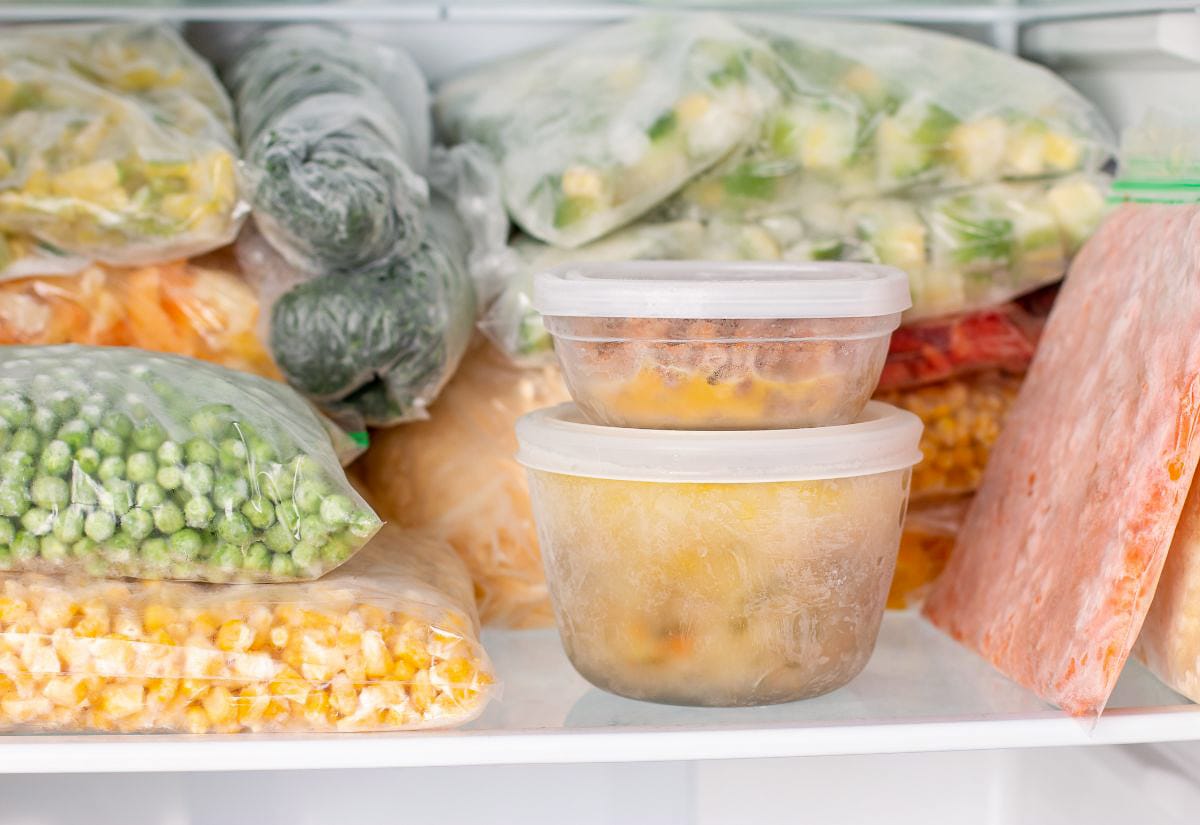
Simple Systems That Keep Your Homestead Organized
Staying organized on a homestead doesn’t mean color-coded bins or alphabetized shelves (unless that makes you happy). For me, it’s just about making daily life a little less frantic so I can spend more time actually doing the work instead of hunting for stuff.
Here are a few general strategies that help me stay on top of everything without losing my mind:
- Keep It Visual: Out of sight really is out of mind—especially when you’re juggling chores, animals, and garden tasks. Hang up calendars, clipboards, whiteboards, or laminated checklists where you’ll actually see them. The barn door, pantry wall, or inside a kitchen cabinet are great spots.
- Use Binders or Folders by Category: Group information by area of your homestead—garden, livestock, pantry, sales, etc. Even a basic binder or accordion folder can help you find what you need quickly. Add pocket sleeves to store seed packets, receipts, or notes you jot down on scrap paper.
- Create Weekly Planning Habits: Pick one day a week (I like Sunday evenings) to review what’s coming up—chicks hatching, planting dates, vet appointments, market prep, or freezer checks. Jot down what’s priority and what can wait. It keeps your week from feeling chaotic before it starts. f you’re juggling a lot and feeling pulled in too many directions, it might not be a lack of organization—it could be burnout creeping in. Here’s how to balance homesteading life without burning out so you can keep going without running yourself ragged.
- Build Repeating Systems: Instead of reinventing the wheel each season, keep templates or routines you can use again. For example, make a standard spring garden layout, a fall canning checklist, or a livestock health log you update year to year. Adjust as needed, but don’t start from scratch every time.
- Use a Shared or Central Calendar: Even if you’re the only one managing the homestead, a central calendar (digital or paper) helps keep things straight. Mark hatch dates, expected harvests, livestock treatments, and supply restock reminders. If you’re sharing the work with a partner or older kids, it helps everyone stay on the same page.
- Keep It Realistic: The best system is one you’ll actually use. Don’t overcomplicate things or pressure yourself to do everything at once. Pick the system that feels easiest to keep up with and let that be enough. Honestly, the system you’ll actually stick with is better than the fancy one you abandon by June.
Questions About Getting—and Staying—Organized on the Homestead
Not sure where to begin or what kind of system will work best for you? Here are a few common questions homesteaders ask when trying to get more organized without overcomplicating things.
Pin this for later so you can come back when you’re ready to set your systems in motion.
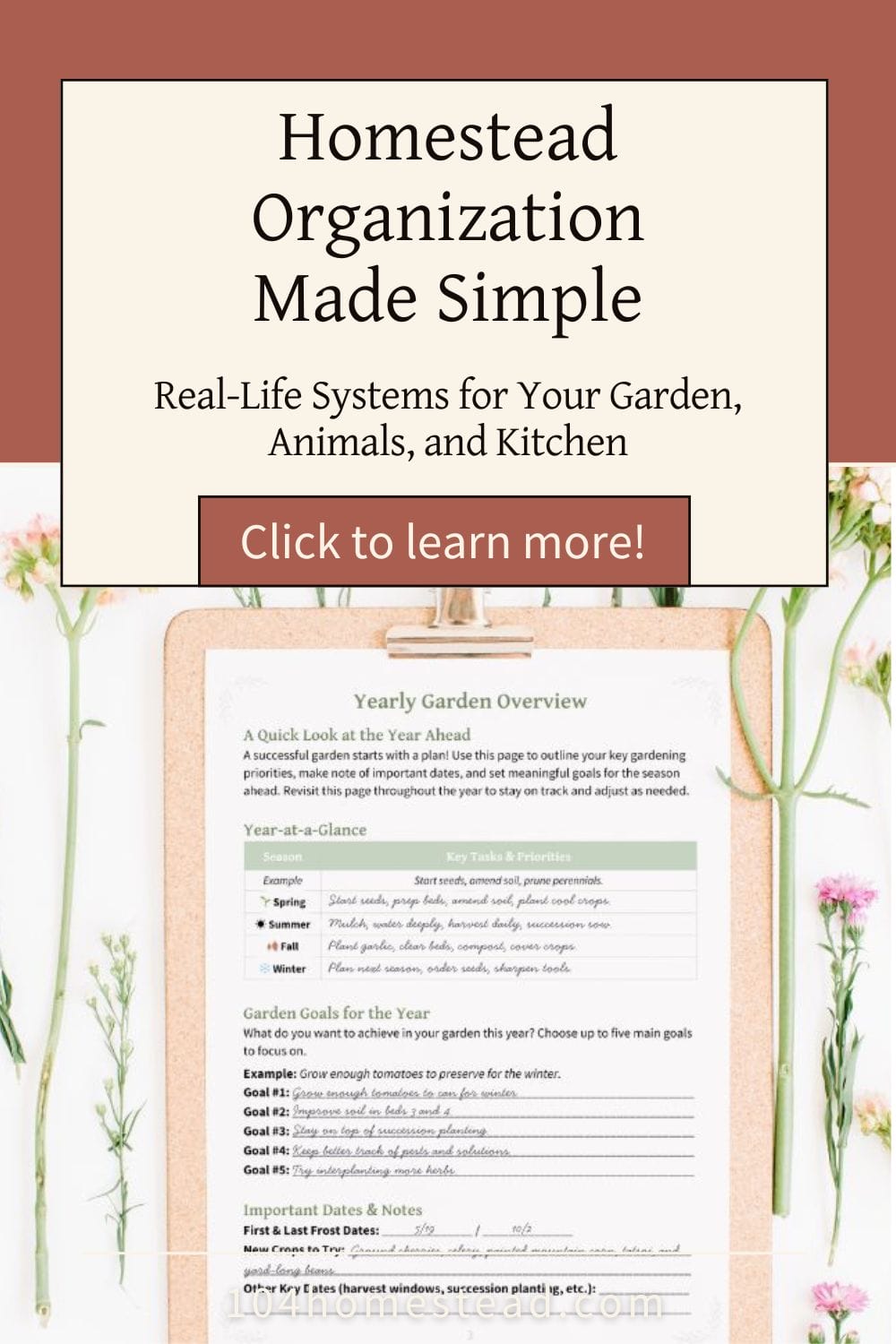
Homesteading can feel messy—but it doesn’t have to feel disorganized.
Even a couple simple systems can make a huge difference. Less wasted time, less stress, and more space to enjoy the parts of homesteading you actually love. Whether you’re selling eggs, starting seeds, or preserving food for winter, a little structure gives you freedom.
Once your homestead runs smoothly, you might be ready to explore uncommon ways to make money homesteading. Some of them might surprise you.
Want a free way to get started? Subscribers get my Welcome to the World of Homesteading Workbook—a free printable guide that helps you define your goals and build your homestead your way. And when you subscribe, you’ll also get a discount code for all the printables in my farm store.
Sign up below!
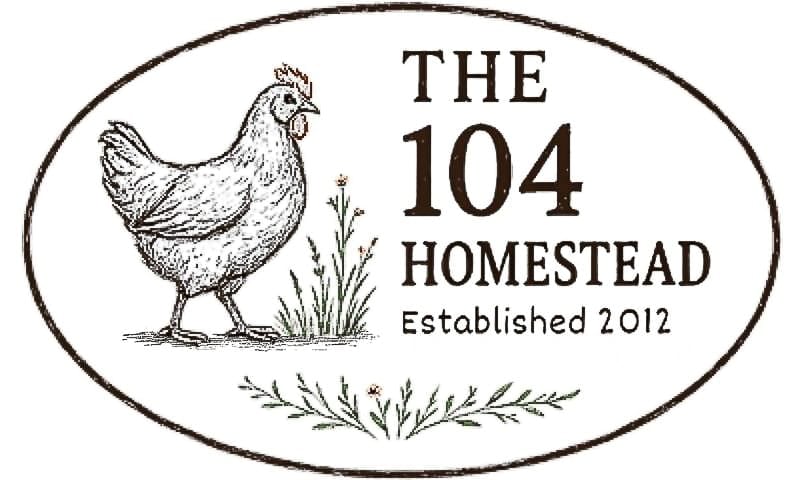
I need all the advice I can get on organization. It seems like everyday I am straightening things up. 2 young kids constantly moving things around makes it a bit more challenging of course.
Oh yeah, if you have young kids, you need all the help you can get. I know how that is. I all but gave up during Christmas vacation.